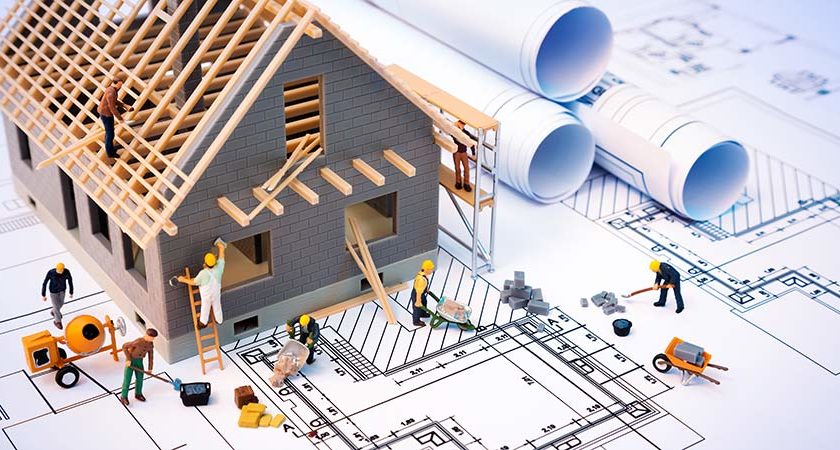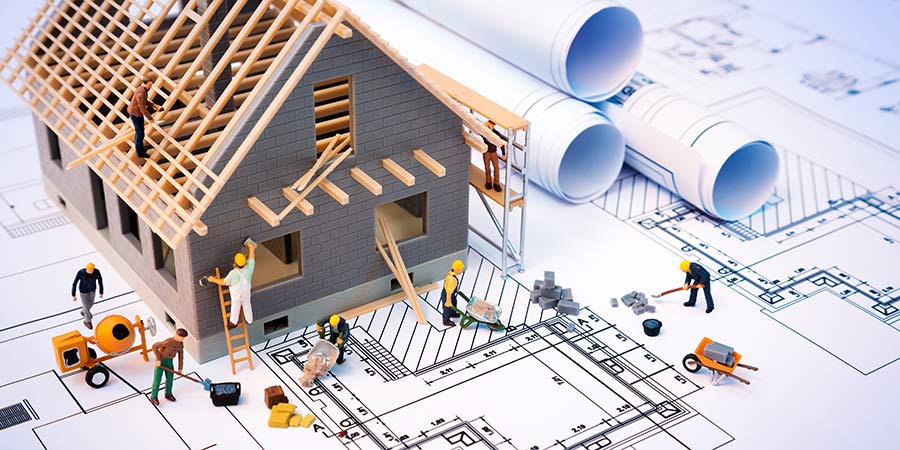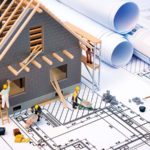As civilization has developed, the way in which people live has grown too. As the way in which people live has changed, so have the homes we live in. We now expect more from our homes than for them to just be a place that we live in and as a result we have developed clear ideas about what we want from our homes. And to achieve that building materials have had to change too.
While traditional building materials such as wood are still extremely popular, there are other alternatives out there. Wood-Plastic composites would have to be one such example. Produced from using recycled wood and plastic waste these products can have a similar looking appearance to the real thing but are designed to be stronger and more durable than the natural product. They are not as prone to environmental factors such as rot as traditional wood is.
The oldest known building material that is often mistaken for being a modern one, which it is not, is concrete. Concrete has been in existence for thousands of years in one form or another. Yet it is a product that has been the subject of major advancements in its form and composition in recent years. Modern concrete has been adapted to be simpler, more environmentally friendly, swifter and less costly to use. One of the biggest advancements of concrete would be the development of self consolidating concrete. As the names suggests, the concrete has been engineered to need no compacting to occur after it has been poured, making it ideal for use in circumstances that normal concrete would just not be suitable.
Porous or pervious concrete is yet another development on traditional concrete. The concrete is intended to let rainfall work its way through its mass and then soak into the ground beneath the concrete layer. The idea is that the use of pervious concrete, especially in dense urban areas where there is vast amounts of paved surfaces, will permit the regular flow of the storm water generated in rainy periods to dissipate through the concrete layer and thus diminish the chance of flooding.
Traditional bricks are making way for their modern counterpart, the stone masonry veneer. The use of a veneer in place of bricks creates a building that has a reduced structural weight and is faster to apply as it is a coating that is fixed to a sub surface. The veneer is able to be strengthened through the addition of steel making it solider than regular brick and has a lengthier and more resilient lifetime. The veneer also has the benefit of being able to be specifically dyed to any color and that coloring can be produced repetitively time and time again.
Plastics have fast become a key component in the building trade. Long looked at as a throwaway product, the plastics manufacturers and the building industry have had to reassess their views of plastic as more and more people become aware of the potential harm that plastics can cause. Plastics have quickly taken the place of more the conventionally metal and copper piping in plumbing. However, the plastics being used have to be safe, especially for the carrying of water into a home. The result of increased consumer awareness has been the advancement of the raw materials utilized in its production.
Insulation methods have seen a radical rethink as building methods advance. Traditionally insulation was sometimes something of an after thought. Now it many countries around the world, it is an important factor of the building code and must be installed sufficiently to ensure the building obtains building compliance. There are various insulation methods, but a key one would be the exterior insulation and finish system that was developed after the second world war and has been significant redefined since its development. The system requires that there be multiple layers installed with a number of different products making up each layer providing the building with the maximum insulation and minimal moisture retention.
That is not to say that traditional building materials have lost their place in the modern world. Rather, there has been a growing field of development in recent years to find ways to make some of the more traditional materials of the building world fit in with the needs of the modern world. The drive has also seen a shift from building with any materials that come to hand with the realization that any modern building needs to be done in a way that is sustainable and yet has a minimal impact on the environment.











